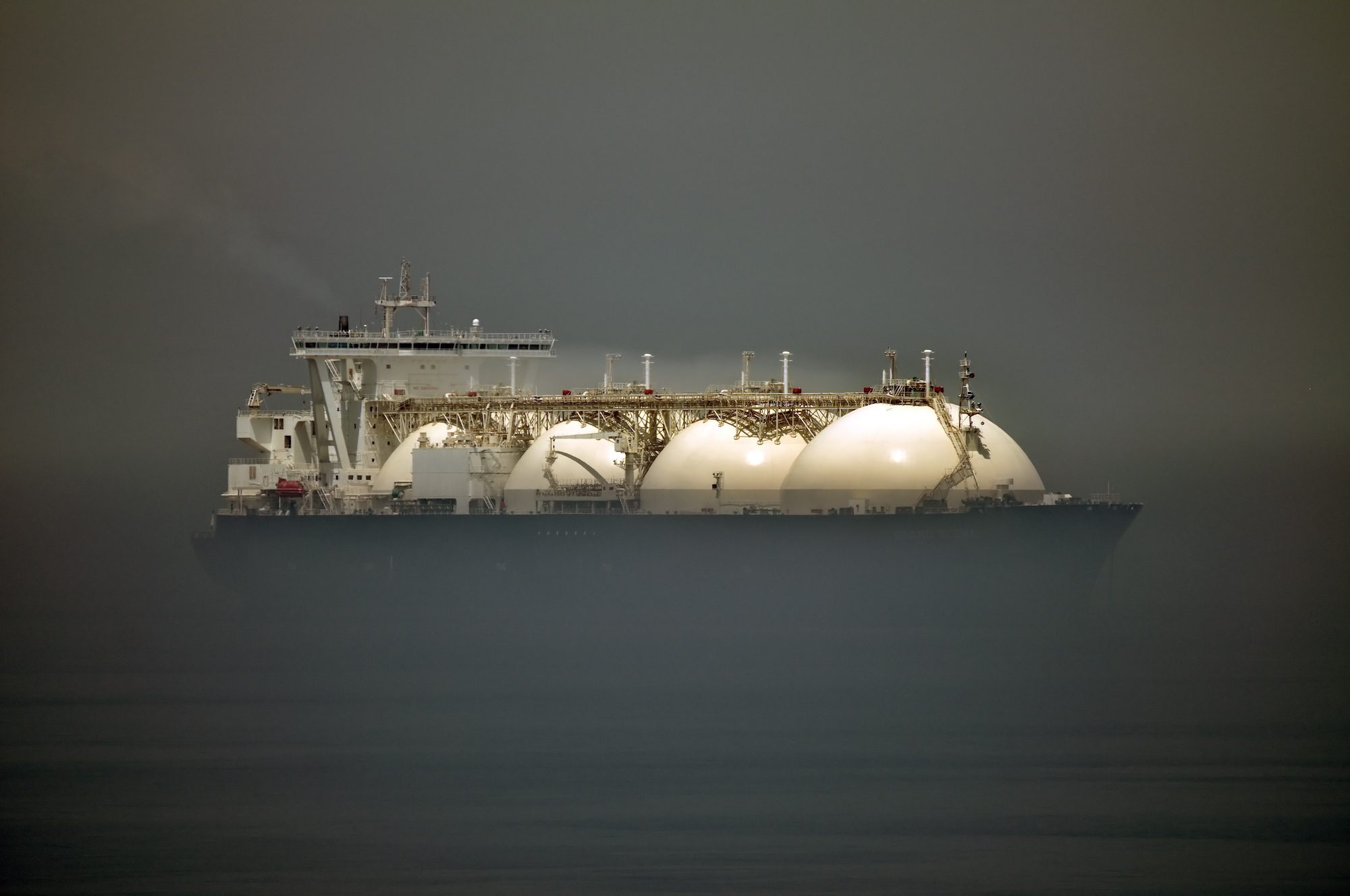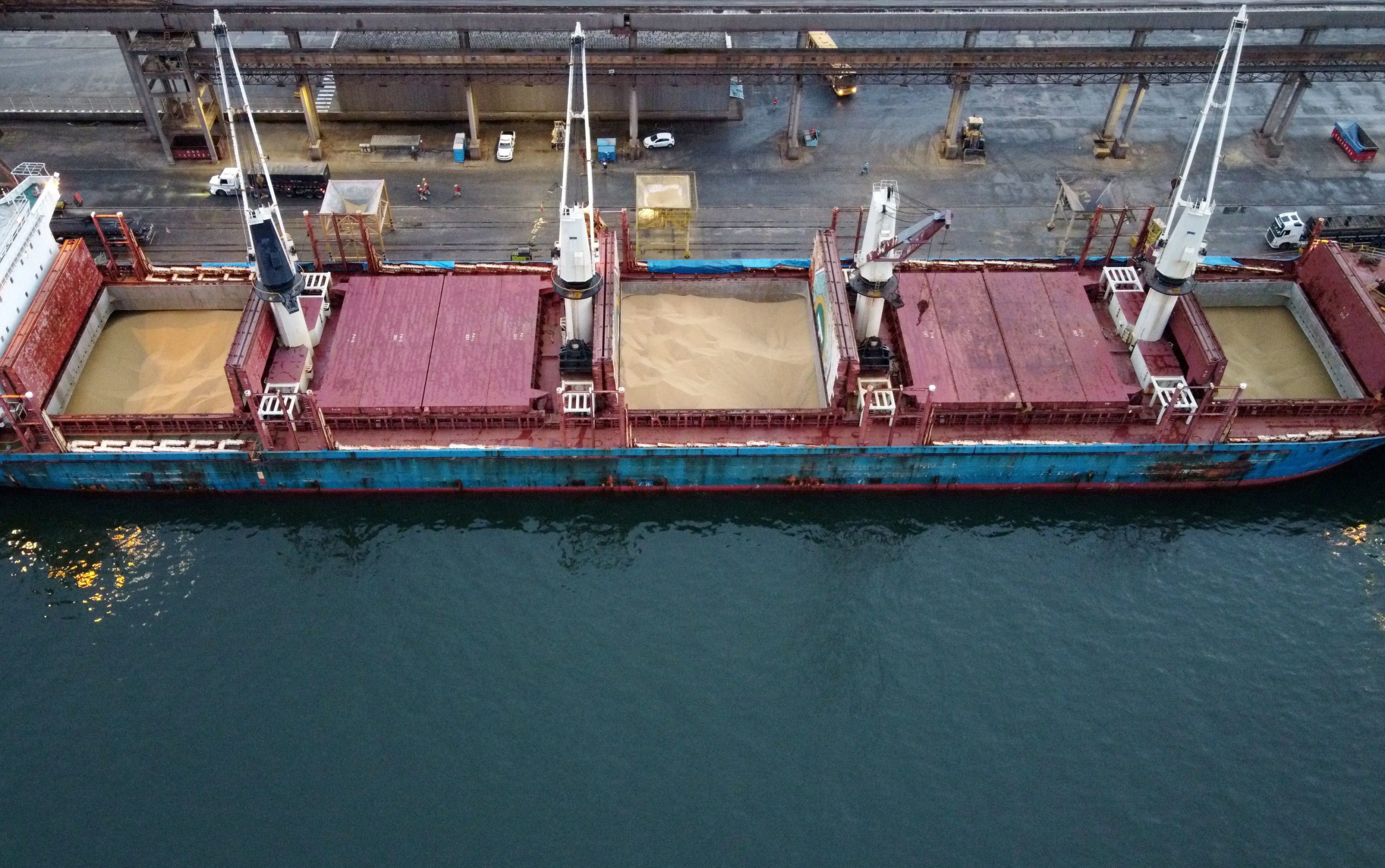U.S. President Joe Biden has announced new tariffs on Chinese imports, a move that could further disrupt global supply chains and increase costs.
These tariffs, encompassing a wide array of imports such as semi-conductors, batteries, electric vehicles, and solar cells, are slated to take effect in stages from 2024 to 2026.
Peter Sand, Chief Analyst at Xeneta, suggests that new tariffs may lead to businesses girding themselves for increased supply chain costs, which will likely be passed on to US consumers.
Drawing parallels to the situation in 2018 under President Trump, Sand noted that retaliatory tariffs from China led to a more than 160% increase in ocean freight container shipping rates from China to the US West Coast.
“Rates began to fall away again towards the end of 2018 as the situation calmed, but they never returned to the same level, meaning a new status quo was established in the market at a higher cost level,” Sand said.
He goes on to suggest that the latest round of tariffs might lead businesses to explore alternative supply chain routes into the US, including through Mexico.
Demand for container shipping imports from China into Mexico saw a 34% surge in the first quarter of 2024 compared to the previous year, leading some to view Mexico as a potential ‘back door into the U.S.’
According to Sand, if the current growth rate continues, by 2031, Mexico could import more containers from China than the U.S. West Coast. Additionally, U.S. shippers may consider countries like Vietnam as alternatives to China, a trend that has been increasing since the 2018 tariff hike.
However, Sand warns of the complexities and volatility associated with these alternative routes, which lack the maturity of the established Transpacific trade from China to the US West Coast. This could result in increased costs.
These new tariffs come amid a series of challenges impacting the ocean freight container shipping market, including the conflict in the Red Sea and drought in the Panama Canal, which have led to a dramatic increase in shipping rates.
“More red tape and complexity in supply chains is the last thing the ocean freight shipping industry needs right now,” said Sand.
The big question now is how will China respond.
“The new tariffs will affect around $18 billion in annual imports, which is not a huge amount in the grand scheme of US trade, but if China responds in the same way as 2018 then we could be at the start of another spiral of escalating tariffs. That will mean yet more pain for shippers and ocean freight service providers to deal with,” Sand said.

 Join The Club
Join The Club










